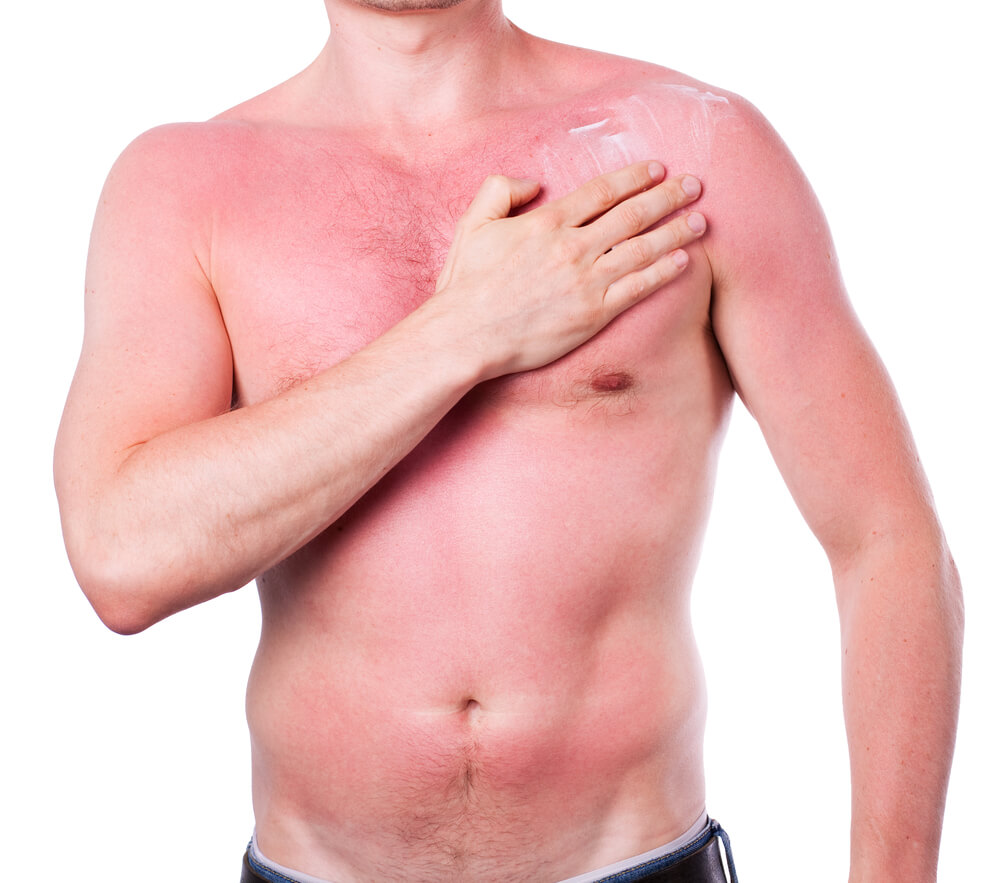Together with staff members from many academic institutions, they discovered that a molecule called TRPV4, which is common in skin cells and involved in pain processes, may play a role in pain and tissue damage caused by exposure to ultraviolet radiation.

Researchers at Duke University in the US have discovered that blocking a molecule common in the epidermal layer of the skin, known as TRPV4, can prevent the pain associated with redness in the skin, after long exposure to the sun.
The study results were published in the Aug. 5 early online edition of the journal PNAS. The study was conducted in mice and human skin cell cultures.
"We discovered a new explanation for why sunburn is accompanied by pain," said Wolfgang Liedtke, one of the study's authors and a professor of neurology and neurobiology at Duke University.
As you know, sunburns are caused by exposure to ultraviolet light type B (or UVB). In a normal state, this component of sunlight fuels a person, providing a dose of vitamin D and perhaps also improves the mood, however, with overexposure, it may cause damage to the DNA in the skin cells and increase the risk of cancer. Sunburns are nature's way of telling humans to get inside and avoid further damage.
Together with staff members from many academic institutions, they discovered that a molecule called TRPV4, which is common in skin cells and involved in pain processes, may play a role in pain and tissue damage caused by exposure to ultraviolet radiation. TRPV4 is an ion channel in the cell membrane that brings positive calcium and sodium ions into the cell.
In an experiment they conducted with mice that had been genetically modified, so that their outer cells lacked the expression of this molecule, they discovered that it was possible to introduce calcium into the cell only in the presence of this molecule, which was artificially added to these mice.
After many experiments in live mice, in mouse skin cultures and in human skin cultures, the researchers came to the conclusion that the action takes place in the following order: exposing the skin to UVB radiation activates TRPV4, which causes calcium ions to enter the cells, which causes the activation of another molecule, endothelin, which stimulates TRPV4 to launch more calcium into the cells . Endothein is known to cause pain in humans and also induce itching, which may explain why sunburned people want to itch all the time.
The researchers' conclusion is that if the TRPV4 molecule is blocked, the calcium ions do not enter the cell and do not stimulate the endothelin, therefore the pain is also prevented.
For the researchers' full announcement (more details)
For the researchers' full announcement (more details)

2 תגובות
This component of sunlight is beneficial to humans, since it is supposed to provide him with a dose of vitamin D.
Now the question arises, is a preparation based on the new discovery a positive thing since in the absence of pain the person remains in the sun even with second degree burns, until he develops third degree burns, or is completely charred.